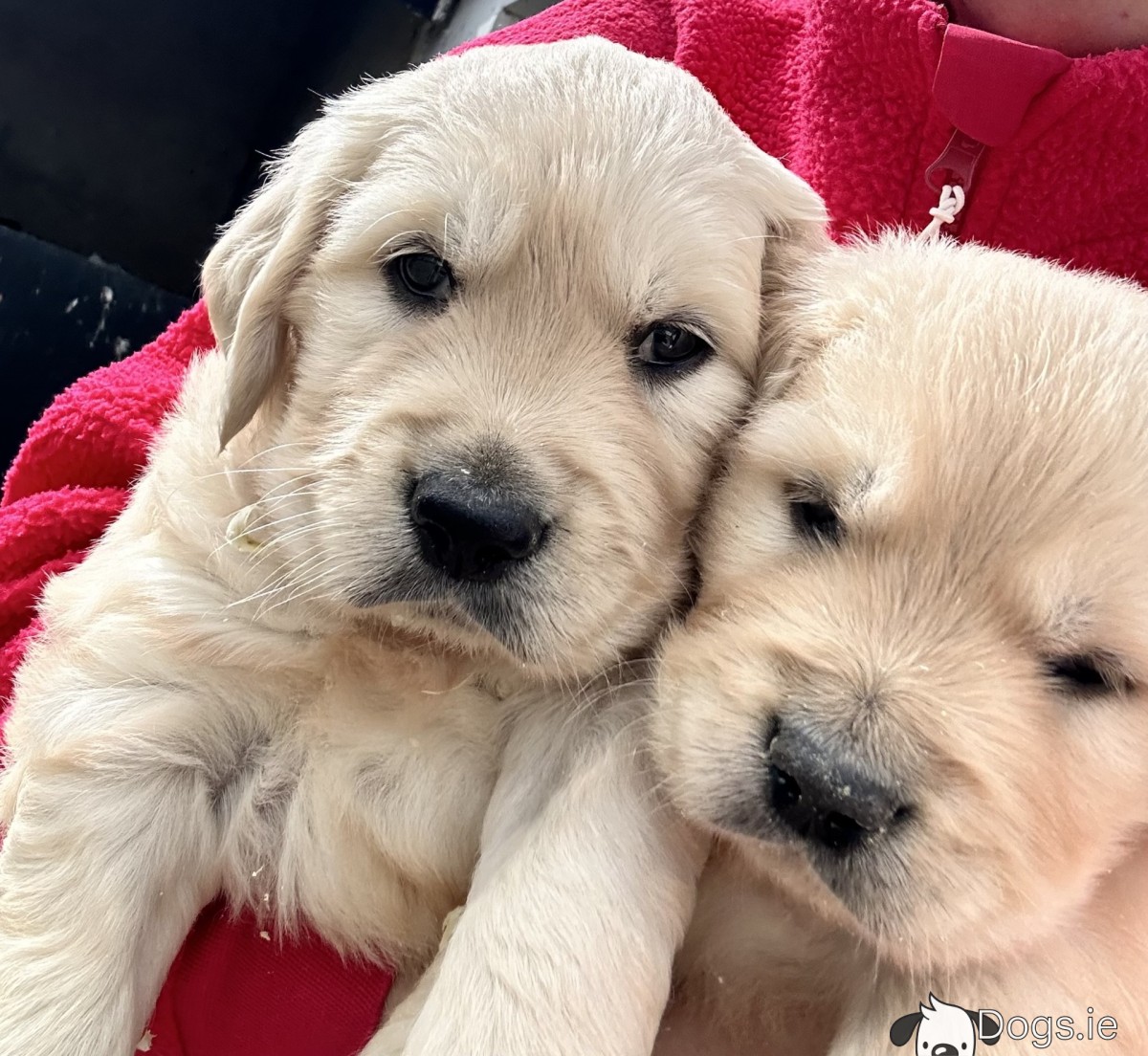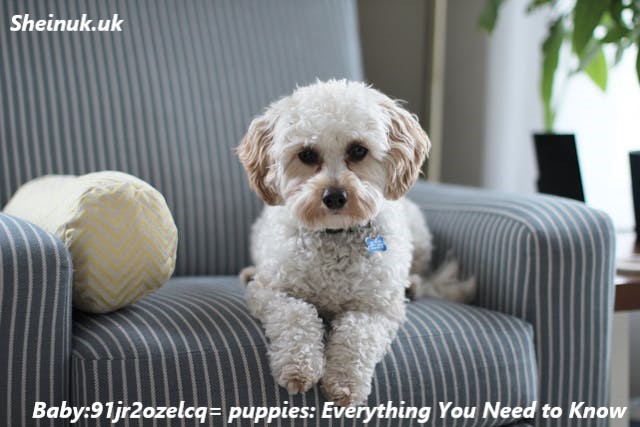Bringing a puppy into your life is an exciting adventure filled with wagging tails and playful antics. However, it also comes with responsibilities that can set the tone for your furry friend’s entire life. From chewed-up shoes to unexpected accidents, how you handle these early days makes all the difference. Puppy training isn’t just about teaching commands; it’s about building a lifelong bond based on trust and understanding.
Imagine a future where your dog listens attentively, behaves in public spaces, and enjoys engaging activities without chaos or confusion. It all starts now! With proper guidance from day one, you can cultivate a well-mannered pup who thrives in any environment. Ready to embark on this journey? Let’s dive deeper into the essentials of successful puppy training that will help turn those little paws into well-behaved companions!
The Importance of Proper puppy:2rsc_-dctre= dog Training
Proper dog training is fundamental for fostering a harmonious relationship between you and your puppy. A well-trained pup understands boundaries, reducing anxiety for both of you.
Training helps to prevent behavioral issues that can arise from misunderstandings. Without guidance, puppies may develop habits like excessive barking or chewing on furniture out of boredom or confusion.
Moreover, early training lays the groundwork for socialization. Your puppy learns to interact safely with people and other pets, making outings more enjoyable and less stressful.
Additionally, effective training enhances safety. Commands such as “come” or “stay” can be lifesavers in potentially dangerous situations.
Investing time in proper training not only cultivates good manners but also strengthens the bond between you and your furry friend. Every moment spent teaching is an opportunity to build trust and understanding that lasts a lifetime.
Understanding Your puppy:2rsc_-dctre= dog Behavior
Understanding your puppy’s behavior is the first step toward effective training. Puppies communicate through body language, vocalizations, and actions. Paying attention to these signals will help you respond appropriately.
For instance, a wagging tail often indicates excitement or happiness. However, if it’s low and tucked between their legs, your pup might be feeling scared or anxious.
Barking can mean various things—excitement, warning of danger, or simply seeking attention. Observing the context in which barking occurs helps decipher its meaning.
Puppies also explore their environment with curiosity. Chewing on furniture or shoes isn’t just mischief; it’s a natural instinct to understand their surroundings better.
Recognizing these behaviors allows for positive reinforcement when they act appropriately and provides guidance when they stray into unwanted habits. Awareness fosters a stronger bond between you and your furry friend while setting up an ideal foundation for training success.
The Basics of puppy:2rsc_-dctre= dog Training
Starting with the basics of puppy dog training is crucial for a harmonious relationship between you and your new furry friend. Begin by establishing a safe and comfortable environment. This helps your puppy feel secure, making them more receptive to learning.
Next, use positive reinforcement techniques. Rewarding good behavior with treats or praise encourages your pup to repeat those actions. Consistency is key; always use the same commands for specific actions.
Keep training sessions short but frequent—about 5 to 10 minutes each time works well for young pups. Puppies have short attention spans, so it’s essential to keep their focus engaged without overwhelming them.
Socialization should also be part of basic training. Expose your puppy to different people, environments, and other pets in controlled situations. This helps build confidence and reduces fearfulness later on in life.
Mistakes to Avoid in puppy:2rsc_-dctre= dog Training
Training a puppy can be challenging, and mistakes are easy to make. One common error is being inconsistent with commands. If you use different words or tones for the same command, your pup will become confused.
Another mistake involves skipping socialization. Failing to expose your puppy to various environments, people, and other animals can lead to anxiety and behavioral issues later on.
Overusing punishment is also detrimental. Negative reinforcement can instill fear rather than teaching proper behavior. Focus instead on positive reinforcement techniques that reward good actions.
Don’t rush the training process. Puppies learn at their own pace; pushing them too hard may result in frustration for both of you. Patience goes a long way towards successful training outcomes.
Essential Commands for Your Puppy to Learn
Teaching your puppy essential commands is vital for fostering good behavior. Start with “sit.” This command establishes control and helps manage excitement.
Next, focus on “stay.” It teaches patience and can be a lifesaver in busy environments. Use treats to reward compliance immediately after they hold the position.
“Come” is another crucial command that enhances safety. Call your puppy enthusiastically when practicing this one, so it becomes a fun game rather than a chore.
“Down” encourages calmness and can prevent jumping or unwanted antics. Be patient—some puppies take time to grasp this concept fully.
Teach “leave it.” This command protects your pup from hazardous items while also promoting impulse control.
Consistency is key across all commands. Use them regularly in daily interactions to reinforce learning naturally without overwhelming your furry friend.
Creating a Positive and Consistent Training Routine
Creating a positive and consistent training routine is essential for your puppy’s success. Establishing a schedule helps set clear expectations. Puppies thrive on structure, so regular training sessions can lead to better behavior.
Keep sessions short and engaging. Aim for 5 to 10 minutes several times a day. This approach prevents boredom and enhances retention of new skills.
Incorporate playtime as a reward during training breaks. It fosters enthusiasm and reinforces the bond between you and your puppy.
Consistency is key when using commands or cues. Everyone in the household should use the same words and gestures to avoid confusion.
Always end each session on a high note with praise or treats, even if progress was slow that day. A cheerful atmosphere encourages learning while building confidence in your pup as they master new commands over time.
Troubleshooting Common Training Challenges
Training a puppy can come with its fair share of challenges. One common issue is distractions during training sessions. Puppies are naturally curious, so try to find a quiet space free from noise and other pets. This will help them focus better on you.
Another challenge many owners face is stubbornness. If your pup isn’t responding, it might be time for a different approach or even some treats as motivation. Keep things fun and exciting to reignite their interest!
If your puppy seems anxious or fearful, don’t push too hard too fast. Take baby steps and gradually introduce new stimuli at their own pace.
Remember that consistency is key in dog training. Ensure everyone in the household uses the same commands and methods to avoid confusion for your furry friend!
Advanced Training Techniques for Your Growing puppy:2rsc_-dctre= dog
As your puppy grows, advanced training techniques can help deepen their skills and enhance their behavior. Start with clicker training; it’s effective for reinforcing positive actions. This method uses a sound to mark desirable behavior, making learning fun.
Introduce agility courses next. These activities challenge both mind and body, offering physical exercise while improving focus and obedience.
Incorporate scent work too. Teaching your pup to find hidden treats or toys engages their natural instincts and creates mental stimulation.
Socialization is key at this stage as well. Expose your dog to different environments, people, and other pets to build confidence and adaptability.
Practice impulse control exercises like “leave it” or “wait.” These commands teach patience and can prevent unwanted behaviors in various situations.
Preparing Your Home for a Well-Trained Pup
Creating a welcoming environment for your puppy is essential. Start by securing any hazardous items. Store cleaning supplies, medications, and small objects out of reach.
Designate a specific area for your puppy to relax and sleep. A cozy bed or crate can help them feel safe in their new surroundings.
Remove temptations like shoes and cords that might attract curiosity. Puppy-proofing means less stress during training sessions.
Invest in chew toys to keep those little teeth busy. This not only distracts them from unwanted chewing but also encourages positive behavior.
Establish boundaries early on. Use baby gates to restrict access to certain rooms until they learn the house rules.
Ensure everyone in the household is on the same page with training methods and commands. Consistency helps solidify learning for your furry friend as they adapt to their home life.
Conclusion: The Benefits of Investing in Early Dog Training
Investing time and effort into early dog training pays off significantly. A well-trained puppy grows into a balanced, happy adult dog. Training not only strengthens your bond but also fosters good behavior, making daily life easier for both of you.
Through proper training techniques, you set clear expectations for your pup. This clarity helps reduce anxiety and confusion in them, promoting a sense of security as they navigate their new home. Puppies thrive on routine and consistency; establishing this early lays the foundation for lifelong learning.
Additionally, socialization during those crucial first months builds confidence. It allows dogs to interact comfortably with people and other animals, reducing fear-based behaviors later in life.
The investment in early puppy training can lead to fewer behavioral issues down the line. You’ll find that a trained dog is often more enjoyable to have around—whether at home or out on walks. The joy of having a well-behaved companion far outweighs any initial challenges faced during training sessions.
Taking these steps now ensures you enjoy many years of happiness together with your furry friend by your side. Investing in early puppy:2rsc_-dctre= dog training is truly setting up your canine companion—and yourself—for success from day one.




